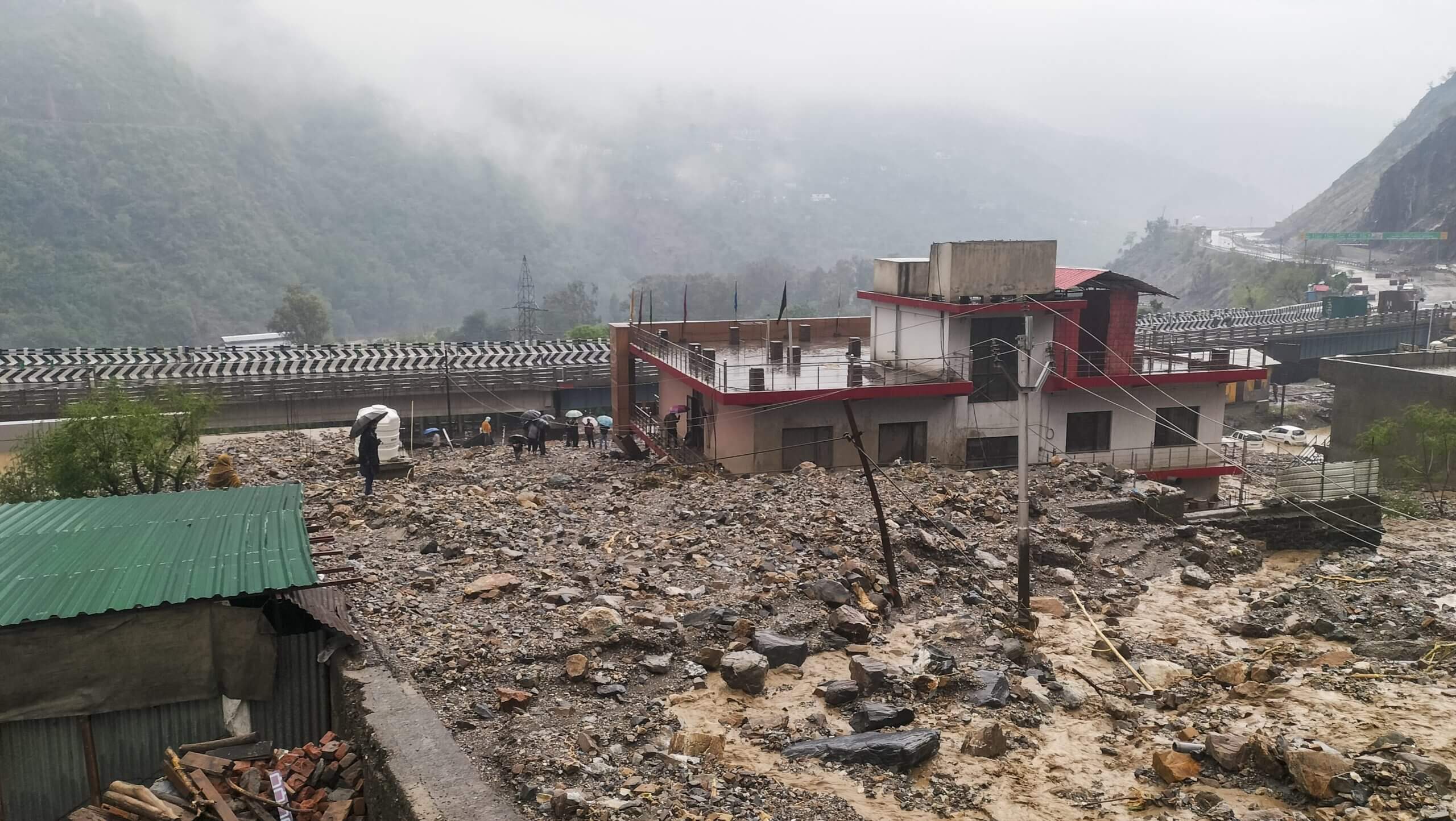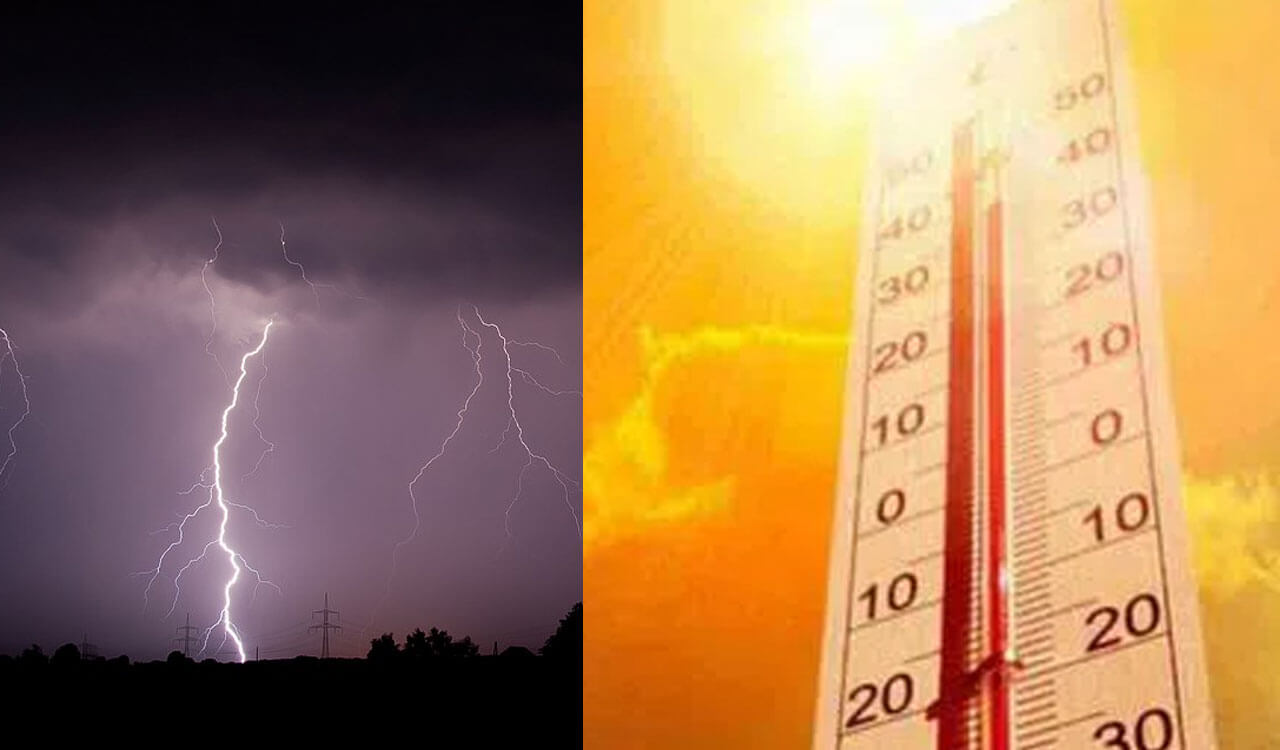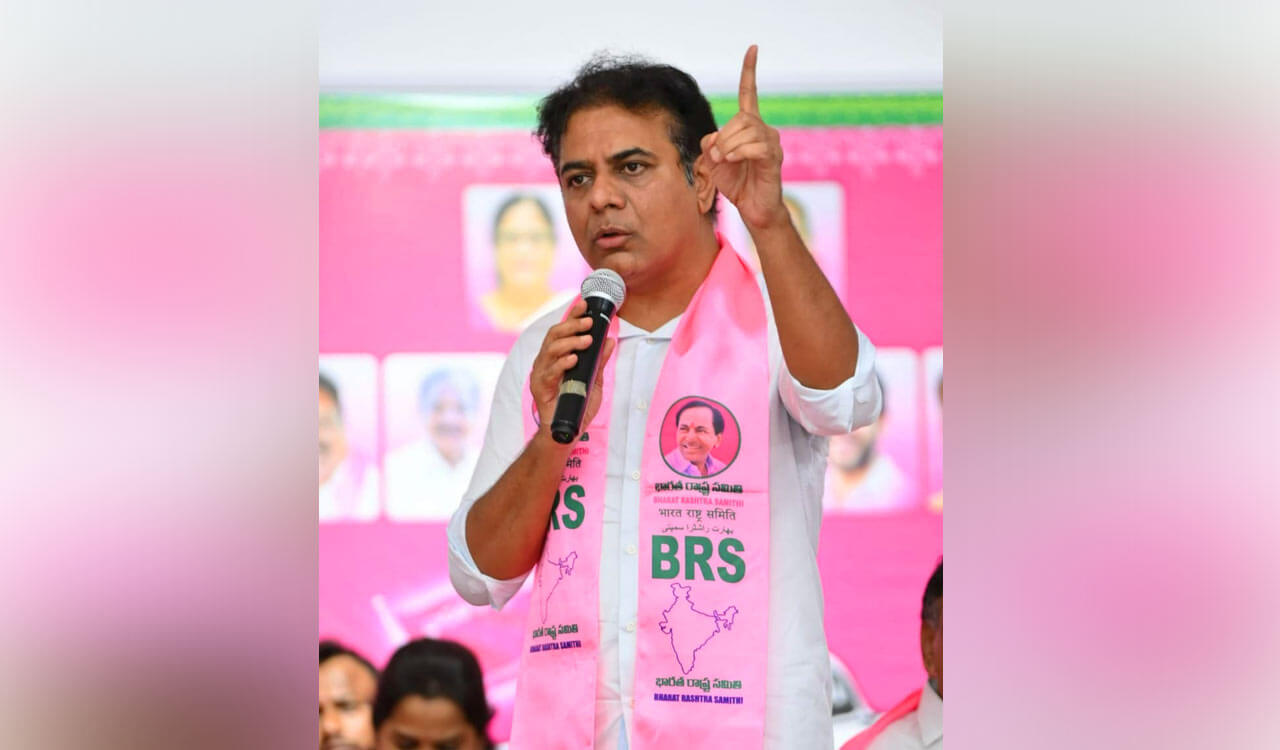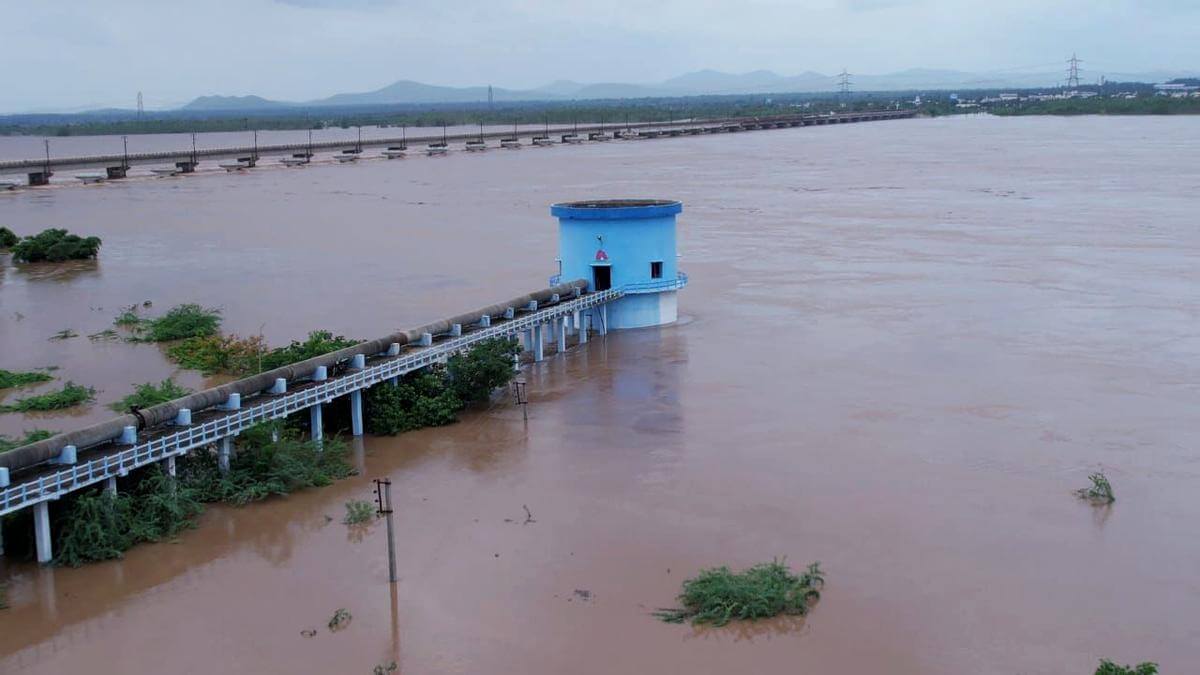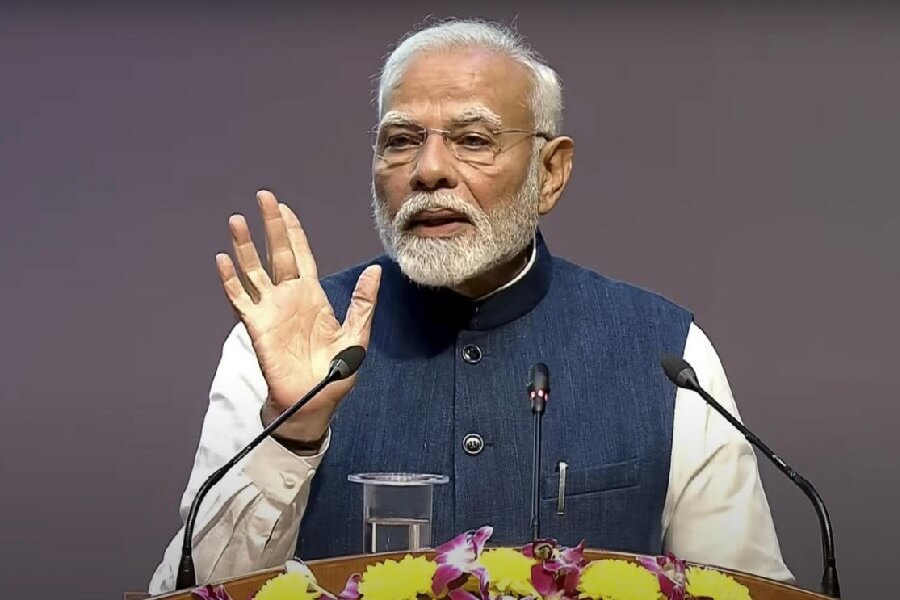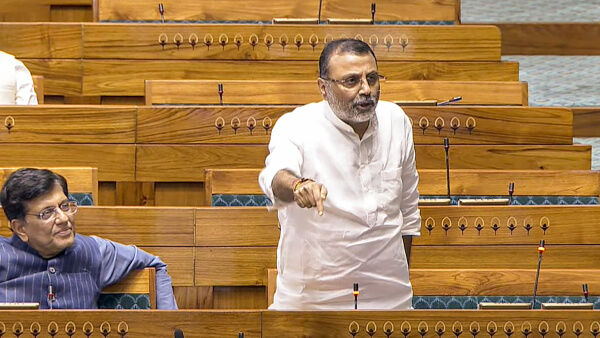Trump administration issues new immigration enforcement policies, says goal is not ‘mass deportations’
Wed 22 Feb 2017, 17:10:00
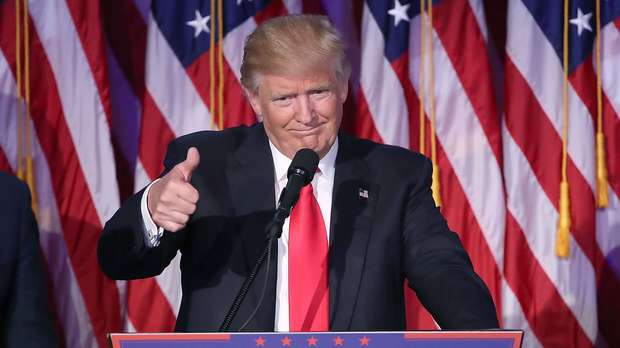
The Trump administration on Tuesday sought to allay growing fears among immigrant communities over wide-ranging new directives to ramp up enforcement against illegal immigrants, insisting the measures are not intended to produce “mass deportations.”
Federal officials cautioned that many of the changes detailed in a pair of memos from Homeland Security Secretary John F. Kelly will take time to implement because of costs and logistical challenges and that border patrol agents and immigration officers will use their expanded powers with care and discretion.
Yet the official public rollout of Kelly’s directives, first disclosed in media reports over the weekend, was met with outrage from immigrant rights advocates over concerns the new policies will result in widespread abuses as authorities attempt to fulfill President Trump’s goals of tightening border control.
Trump took a hard line against illegal immigration during his campaign, at times suggesting he would seek to create a nationwide “deportation force” to expel as many of the nation’s estimated 11 million unauthorized immigrants as possible.
In a conference call with reporters, a senior Department of Homeland Security official moved to avert what he called a “sense of panic” among immigrant communities.
“We do not have the personnel, time or resources to go into communities and round up people and do all kinds of mass throwing folks on buses. That’s entirely a figment of folks’ imagination,” said the official, who was joined on the call by two others, all of whom spoke on condition of anonymity to answer questions. “This is not intended to produce mass roundups, mass deportations.”
The new guidelines, intended as a road map toward implementing a pair of executive actions Trump signed last month, call for the hiring of thousands of additional enforcement agents, expanding the pool of immigrants who are prioritized for removal, speeding up deportation hearings and enlisting local law enforcement to help make arrests.
The policies represent a sharp break from the final years of the Obama administration and could reverse a sizable reduction in the number of deportations that occurred toward the end of President Barack Obama’s time in office.
After deportations reached a record high of 434,000 in 2013, intense pressure from immigration advocates prompted the Obama administration to implement new guidelines that focused enforcement on hardened criminals. Obama announced in Nov. 2014 that his administration would deport “felons, not families.” Many undocumented immigrants have lived in the country for more than a decade and have family members and children who are U.S. citizens.
The number of people deported in 2015 was just over 333,000, the lowest number since 2007, according to federal data. Statistics for 2016 are not publicly available.
Kelly’s new DHS policies considerably broaden the pool of undocumented immigrants prioritized for removal, including those who have been charged with crimes but not convicted, those who commit acts that constitute a “chargeable criminal offense,” and those who an immigration officer concludes pose “a risk to public safety or national security.”
The Trump administration “is using the specter of crime to create fear … in the American community about immigrants in order to create an opening to advance the indiscriminate persecution of immigrants,” said Clarissa Martínez-de-Castro, deputy vice president at the National Council of La Raza. “This administration is saying, ‘Now, everybody is going to be a priority,’ and the devil may care.”
DHS officials emphasized that the guidelines in Kelly’s memos hew closely
to the language of Trump’s executive orders and that the secretary has written the memos to conform to federal immigration laws established by Congress.
to the language of Trump’s executive orders and that the secretary has written the memos to conform to federal immigration laws established by Congress.
“We are not creating anything out of whole cloth,” the DHS official said.
Democrats and human rights groups blasted the administration. Sen. Robert Menendez (D-N.J.) called the policies “xenophobic” and suggested they could lead to racial profiling of minorities.
“It is irresponsible to treat a hardened criminal the same as an immigrant mother with children for purposes of deportation,” Menendez said in a statement.
White House press secretary Sean Spicer also denied that the goal of Trump’s executive orders is mass deportations. Rather, he said, the Obama administration had allowed “so many carve outs” on which immigrants were to be the focus of enforcement actions that federal agents “had their hands cuffed behind them.”
“The president wanted to take the shackles off individuals in these agencies and say, ‘You have a mission, there are laws that need to be followed, you should do your mission and follow the law,’” Spicer said.
Yet Spicer on several occasions during his daily press briefing misrepresented the number of undocumented immigrants living in the country, citing “13, 14, 15” million, or “potentially more.” In fact, the number has held steady in recent years at just over 11 million, after peaking in 2007 at about 12.2 million, according to a report last fall from Pew Research Center.
That is in part because of stricter border control measures have flattened the net flow of illegal immigrants to roughly zero, according to the report.
During his campaign, Trump said he thought there could be as many as “30” million illegal immigrants. “Nobody knows what the number is,” he said.
Trump’s early attempts to crackdown on immigration, including his executive order banning travel of citizens from seven Muslim-majority nations, have drawn criticism both in the United States and abroad. Kelly and Secretary of State Rex Tillerson plan to visit Mexico later this week where tensions over the president’s plan to build a wall along the U.S.-Mexico border are sure to be on display. Around the same time, House Speaker Paul D. Ryan (R-Wis.) will be leading a delegation of lawmakers to the border as Congress wrestles with how to actually implement Trump’s signature campaign promise.
Kelly’s implementation memos do not overturn one important directive from the Obama administration: a program called Deferred Action for Childhood Arrivals that has provided work permits to more than 750,000 immigrants who came to the country illegally as children.
Trump had promised during his campaign to “immediately terminate” the program, calling it an unconstitutional “executive amnesty,” but he has wavered since then. Last week, he said he would “show great heart” in determining the fate of that program.
But the new directives released on Tuesday seek to expand partnerships with local law enforcement agencies to apprehend undocumented immigrants, hire 10,000 new Immigration and Customs Enforcement officers and 5,000 new Border Patrol agents, and broaden expedited deportations, currently limited to those in the country two weeks or less, to those who have been in the country for up to two years.
The provisions mandate that the government detain immigrants until they are granted a hearing before an immigration judge, ending the Obama administration’s policy of releasing some to live with relatives until their hearings. Backlogs at immigration courts have delayed hearings for more than a year.
No Comments For This Post, Be first to write a Comment.
Most viewed from International
Most viewed from World
AIMIM News
Latest Urdu News
Most Viewed
May 26, 2020
Do you think Canada-India relations will improve under New PM Mark Carney?
Latest Videos View All
Like Us
Home
About Us
Advertise With Us
All Polls
Epaper Archives
Privacy Policy
Contact Us
Download Etemaad App
© 2025 Etemaad Daily News, All Rights Reserved.



.jpg)

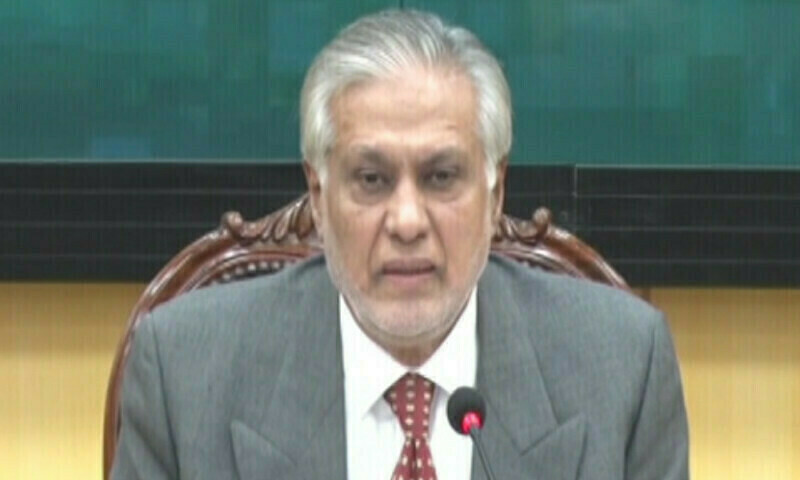


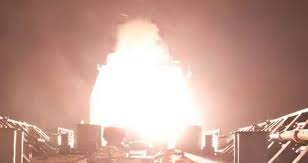

.jpg)
.jpg)

